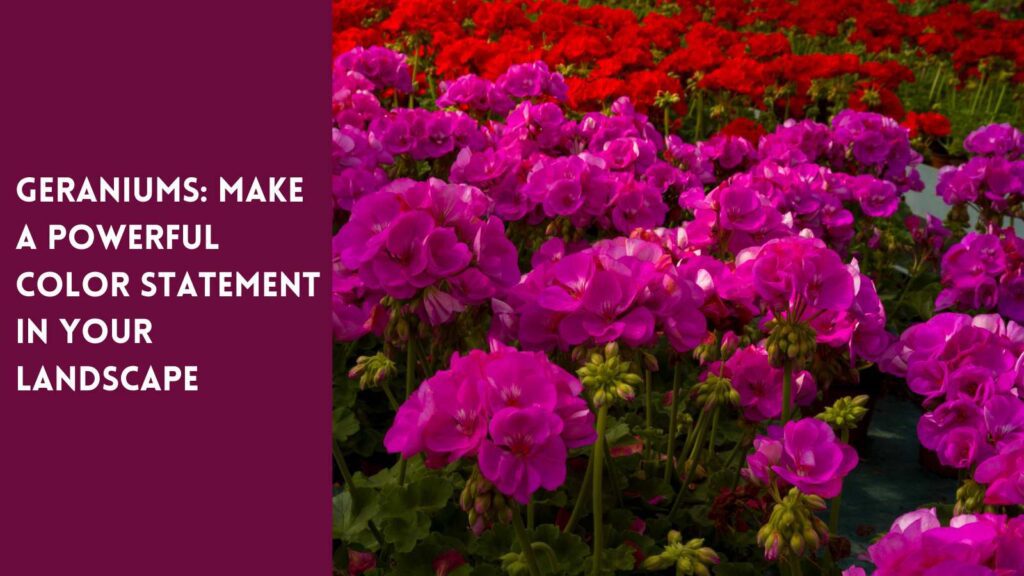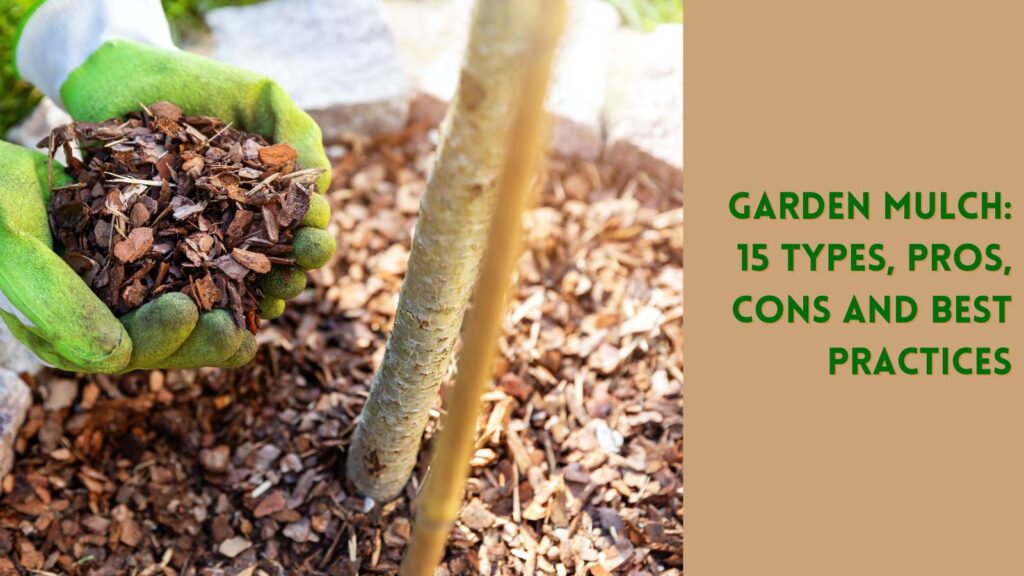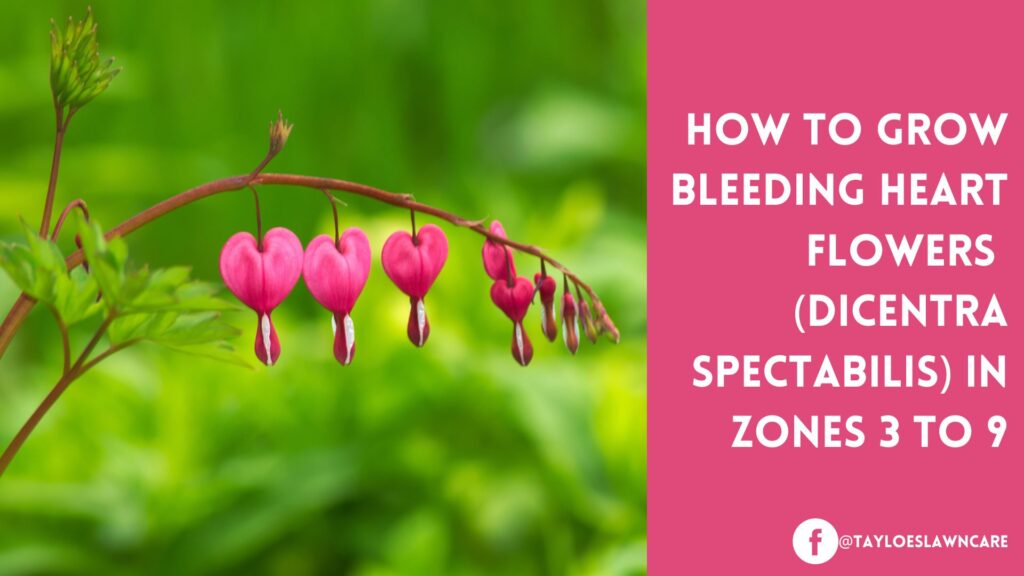Last Updated on: 18th October 2023, 10:28 am
Peonies are beloved perennials known for their lush, fragrant flowers and striking foliage. Their beauty and resilience make them a favorite among gardeners.
In this article, we will explore the fascinating origin of peonies, their Latin names, color variations, and more. Additionally, we’ll provide essential information on planting, care, maintenance, and common diseases or threats.
Here Are Some Quick Facts About Peonies
- Origin: Peonies (Paeonia spp.) originated in Asia, Southern Europe, and Western North America. They have been cultivated for thousands of years and hold a special place in Chinese, Japanese, and European history, where they have been revered for their medicinal, ornamental, and cultural significance.
- Latin Names: The genus Paeonia is comprised of around 33 species, with the most commonly cultivated being Paeonia lactiflora (Chinese peony), Paeonia officinalis (European peony), and Paeonia suffruticosa (tree peony).

Peonies Have Lovely Foliage and Fragrance…
Tree peonies (Paeonia suffruticosa) have a woody trunk that can reach four to five feet in height. Conversely, herbaceous peonies have strong, green, upright stems that die back to the ground each year.
These showy specimens have compound, dark green leaves that are deeply lobed and provide an attractive backdrop for the flowers.
Peonies are well-known for their intoxicating fragrance, which can vary from sweet and floral to spicy and citrusy, depending on the cultivar.
…But The Flowers Steal the Show!
While the foliage is really lovely, the blossoms are absolute show stoppers.
Peony blossoms range from simple, single-petaled flowers to extravagant double forms. They typically measure two to ten inches in diameter and bloom from late spring to early summer.
Peony colors:
- White: The white people often represents purity and elegance. They can range from pure white to those with subtle hints of cream or ivory.
- Pink: Pink is a popular color for peonies and includes a broad spectrum of shades, from pale, blush pinks to vibrant, deep pinks. Some pink peony flowers may have hints of lavender or salmon.
- Red: The red peony can range from bright, true reds to deeper, burgundy hues. These bold colors can make a striking statement in the garden.
- Coral: A coral peony provides unique, warm hues that blend shades of pink, orange, and red. These colors can create a stunning focal point in any landscape.
- Yellow: While less common than other colors, a yellow peony is available in shades ranging from soft, buttery yellows to more vibrant, golden tones.
- Bicolor: The bicolor peony features petals with two or more colors, which can create a striking contrast. Examples include flowers with a different color on the petal edges, or those with a gradual color change from the center of the flower to the tips of the petals.
It’s important to note that the color of a peony may vary depending on factors such as soil conditions, acidity, weather, and the maturity of the plant. Additionally, some peonies may change color as they age, adding to their charm and interest in the garden.
Types of blooms you might see:
Peony blossoms exhibit an incredible diversity in terms of shape, size, and complexity. They can be categorized into six main types based on their petal arrangement:
- Single: This form has a single row of petals surrounding a central mass of stamens. The simplicity of single-petaled peonies offers an elegant and understated beauty.
- Japanese: Similar to single peonies, Japanese varities have a single row of petals but with modified stamens called staminodes, which are typically larger and more colorful than regular stamens, creating a fuller appearance.
- Anemone: These peonies have a single or multiple rows of petals, and their stamens are transformed into petal-like structures, known as petaloids. This results in a cushion-like center that contrasts beautifully with the outer petals.
- Semi-double: Semi-double peonies feature multiple rows of petals surrounding a central cluster of stamens and petaloids. This form creates a fuller appearance than single or Japanese peonies, while still retaining a sense of airiness.
- Double: Double peonies are the most opulent of the forms, with numerous layers of petals that almost completely obscure the stamens. Their lush, full appearance makes them a popular choice for floral arrangements and wedding bouquets.
- Bomb: These peonies have a distinctive rounded shape, with a central “bomb” of tightly packed petaloids surrounded by one or more rows of large, flared outer petals.
Peony blossoms vary in size, typically measuring two to ten inches in diameter, depending on the species and cultivar. Their blooming period extends from late spring to early summer, providing a spectacular display of color and fragrance in the garden. The exact timing of the bloom varies by cultivar and location, with some peonies classified as early, mid-season, or late bloomers, ensuring that enthusiasts can enjoy a prolonged flowering period by planting a diverse range of peony varieties.

Planting, Care, and Maintenance
The best time to plant peonies is in the fall, around September to October, allowing the roots to establish before winter dormancy.
- Choose a location with well-draining soil and full sun to light shade.
- Plant peony tubers with the “eyes” (buds) 1-2 inches below the soil surface, spacing them 3-4 feet apart.
- Water thoroughly after planting and continue to water regularly during the growing season.
- Apply a balanced, slow-release fertilizer in early spring and mid-summer.
- Provide support for heavy blooms, using stakes or peony rings.
- Remove spent flowers to promote plant health.
- Cut back herbaceous peonies to the ground in the fall, while tree peonies require only light pruning to remove dead or diseased branches.
Common Diseases or Threats to Peonies (and Their Treatments)
- Botrytis Blight (Gray Mold): Remove infected plant parts, improve air circulation, and apply a fungicide if necessary.
- Peony Wilt: Remove and destroy affected plants. Avoid overhead watering to prevent fungal spores from spreading.
- Powdery Mildew: Increase air circulation, avoid overhead watering, and apply a fungicide if required.
- Ants: Ants enjoy the nectar on peony buds but are generally harmless. If they become a nuisance, use insecticidal soap or diatomaceous earth.


The Takeaway: The Peony Makes a Gorgeous Addition to Your Flower Gardens
Transform your lawn into a lush, vibrant oasis with the expert touch of Tayloe’s Lawn Care Services, near Ahoskie, Windsor, and Aulander, North Carolina. Our dedicated team of professionals will provide top-notch lawn maintenance tailored to your needs. Whether you require weekly or bi-weekly service, we’ll ensure your outdoor space looks its best all season long. Don’t miss the opportunity to experience the beauty and tranquility a well-maintained lawn can bring to your home. Call or text Tayloe’s Lawn Care Services today at 252-287-3376 and let our experienced team create a picture-perfect landscape you can be proud of. Don’t wait – give your lawn the love and attention it deserves, and enjoy a stunning outdoor space. And if you loved this article on peonies, don’t forget to follow us on Facebook for even more great landscaping and gardening ideas!
Author Profile

- Deborah Tayloe is the CEO and co-founder of Tayloe's Lawn Care Services, LLC. She has a B.S.Ed and holds certificates in soil and water management and herbology from accredited programs.
Latest entries
 Trees and ShrubsApril 22, 2025Boxwood Blight: Early identification and isolation
Trees and ShrubsApril 22, 2025Boxwood Blight: Early identification and isolation Flower GardenApril 8, 2025John F. Kennedy Rose: Hybrid tea rose with elegant white blooms
Flower GardenApril 8, 2025John F. Kennedy Rose: Hybrid tea rose with elegant white blooms Vegetable GardenMarch 24, 2025Trellis vegetables provide an abundant vertical garden harvest
Vegetable GardenMarch 24, 2025Trellis vegetables provide an abundant vertical garden harvest GardeningMarch 17, 2025Are coffee grounds good for compost?
GardeningMarch 17, 2025Are coffee grounds good for compost?






